They are Vietnamese people who have been wandering here for more than 500 years and are currently settled in the Tam Dao area (Giang Binh commune, Dong Hung town, Guangxi province, China), more than 25 km from Vietnam's Mong Cai border gate.
"Are you Kinh?"
When we arrived at An Nam communal house in Van Vi fishing village, Mrs. To Tiet came and grabbed our hand, asking clearly: "Are you Kinh people?". After saying that, she quickly turned to call her husband, children and neighbors to come out to talk.
Everyone was bustling as if they had just received good news. Even from the end of the village, two old ladies in their 80s were leaning on their canes and walking to the communal house yard to meet us. "Are you Vietnamese visiting here?", "Are you Kinh people visiting Kinh people?"... were the questions they kept asking.
We told them that where we lived was Ho Chi Minh City, more than 3 days drive from the Chinese border. But they all did not know, they only heard that hundreds of years ago, their grandparents came from Do Son ( Hai Phong City) to fish at sea and then followed the tide to this land and now there are more than 20,000 people of Vietnamese origin living and working here.
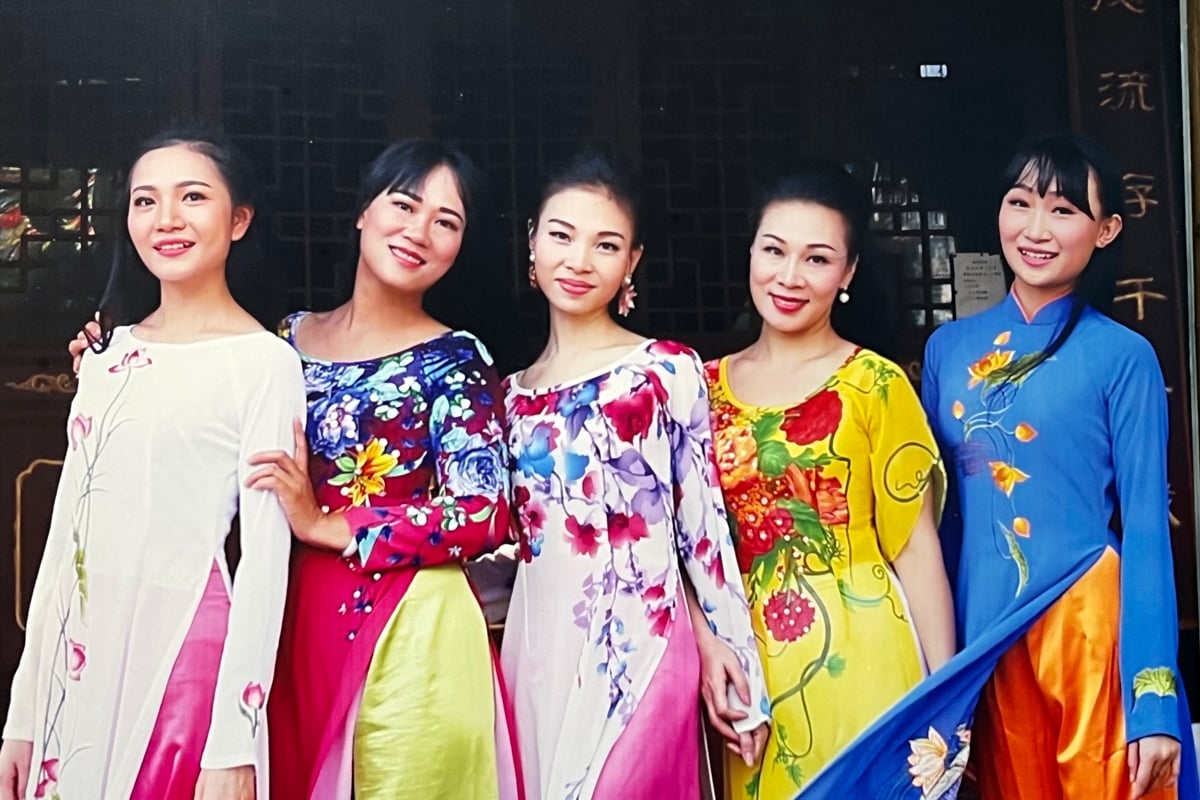
Kinh people sing Quan Ho Bac Ninh , speak Vietnamese in China
"We don't know much about Vietnam. But if Vietnamese people come here, they have to stay and treat us to dinner. They have to speak Vietnamese for us. They have to speak a lot so we don't forget Vietnamese" - Mrs. Tiet enthusiastically invited.
Unable to refuse, we nodded and agreed to stay and have dinner with the villagers. While waiting for everyone to get ready, we borrowed an electric motorbike to visit the Kinh village. The further we went, the more surprised we were when everything was no different from a village in the Northern countryside.
At the beginning of the village, there was a communal house, next to a well and a familiar bamboo hedge. Every 15 households or so, there was a garden growing rice, potatoes and other crops. Women wearing conical hats, hoed the soil and spoke to each other in their native language.
Stopping in front of a grocery store, we noticed signs selling Vietnamese goods such as cigarettes, coffee, and even chili sauce. Mrs. Do Tu, the store owner, stepped out to show off a bottle of fish sauce newly imported from across the border: "The villagers here produce fish sauce and use it in all their dishes. We import more Vietnamese goods to prevent the stormy season when there will be no fish to make fish sauce."
According to Mrs. Tu, although hundreds of years have passed, all activities here remain original. More than 15 years ago, when smartphones were not yet developed, people imported cassette tapes of lullabies and Quan Ho songs to sell. "My generation and the previous generations were all lulled to sleep by their parents with folk songs. Many people can play Vietnamese musical instruments," Mrs. Tu said.
Don't forget Vietnamese
Indeed, when we returned to the communal house yard for lunch, the villagers had already pulled out the monochord, preparing to perform. Without any hesitation, Mrs. Tiết stood in the middle of the communal house yard and sang in a simple voice: "In love, we take off our shirts to each other, when we go home, we lie to our fathers and mothers... that we crossed the bridge, love, love, love, love, the wind blew...".
As soon as she finished the song, she immediately switched to playing the Dan Bau, a folk song of Bac Ninh, "Climbing Thien Thai Mountain".
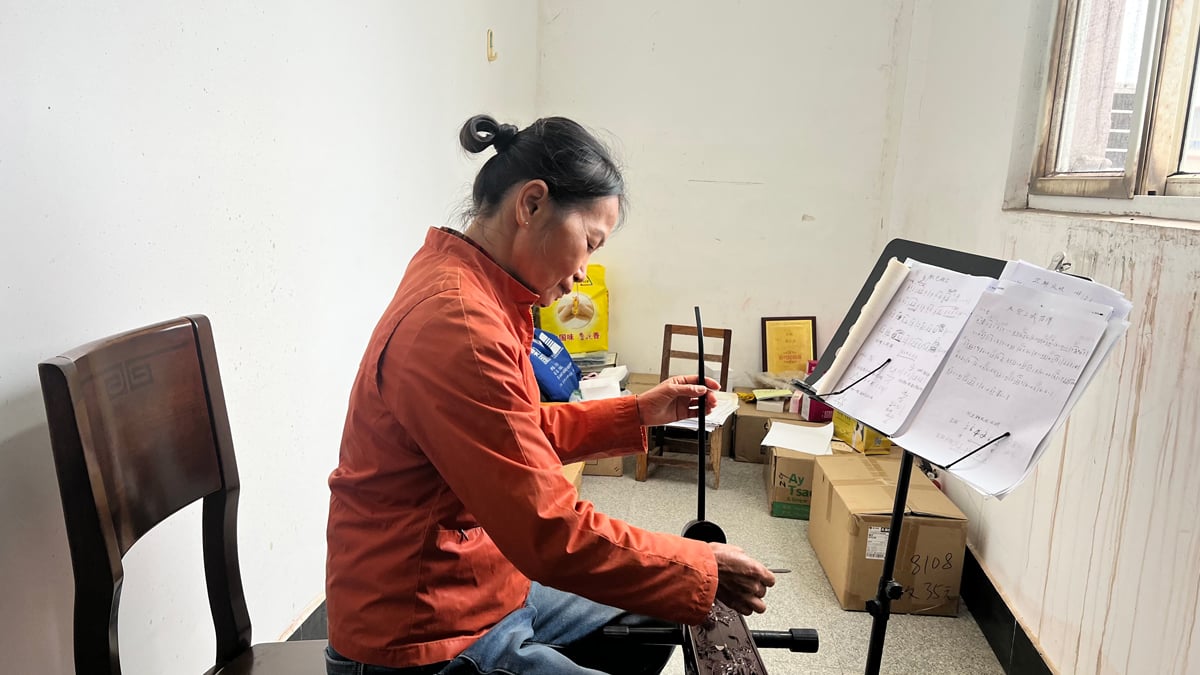
Ms. To Tiet, 10th generation Kinh ethnic group in China, plays the monochord
To learn more about the origin of the Vietnamese people in China, we went to the Kinh Ethnic Museum managed by Guangxi province.
In front of the museum gate is a statue of a couple fishing at sea, simulating the early days of Vietnamese settlement here; inside, images of palanquin processions, kitchens, Vietnamese specialties are recreated... It takes nearly an hour to read and learn all the information in the museum. The museum is open every day of the week and is free of charge.
Mr. Ly Hien, the museum keeper, said that in the past, the people we met were called Annamese and Vietnamese, but now they are officially called Kinh. This is one of the smallest ethnic minorities in China.
According to the story, in the past, there were 12 Vietnamese ancestral families who migrated along the fish flow and divided into 3 islands named Van Vi, Son Tam and Vu Dau. Gradually, the 3 islands were filled to form Tam Dao peninsula as it is today.
Mr. Hien said the local government has just allowed schools in areas where the Kinh ethnic group lives to include Vietnamese in their curriculum. This is not a compulsory subject, but almost all children have signed up for extra classes. "Since they already communicate with their parents at home in Vietnamese, when the teacher teaches, the children absorb it very quickly," Mr. Hien said.
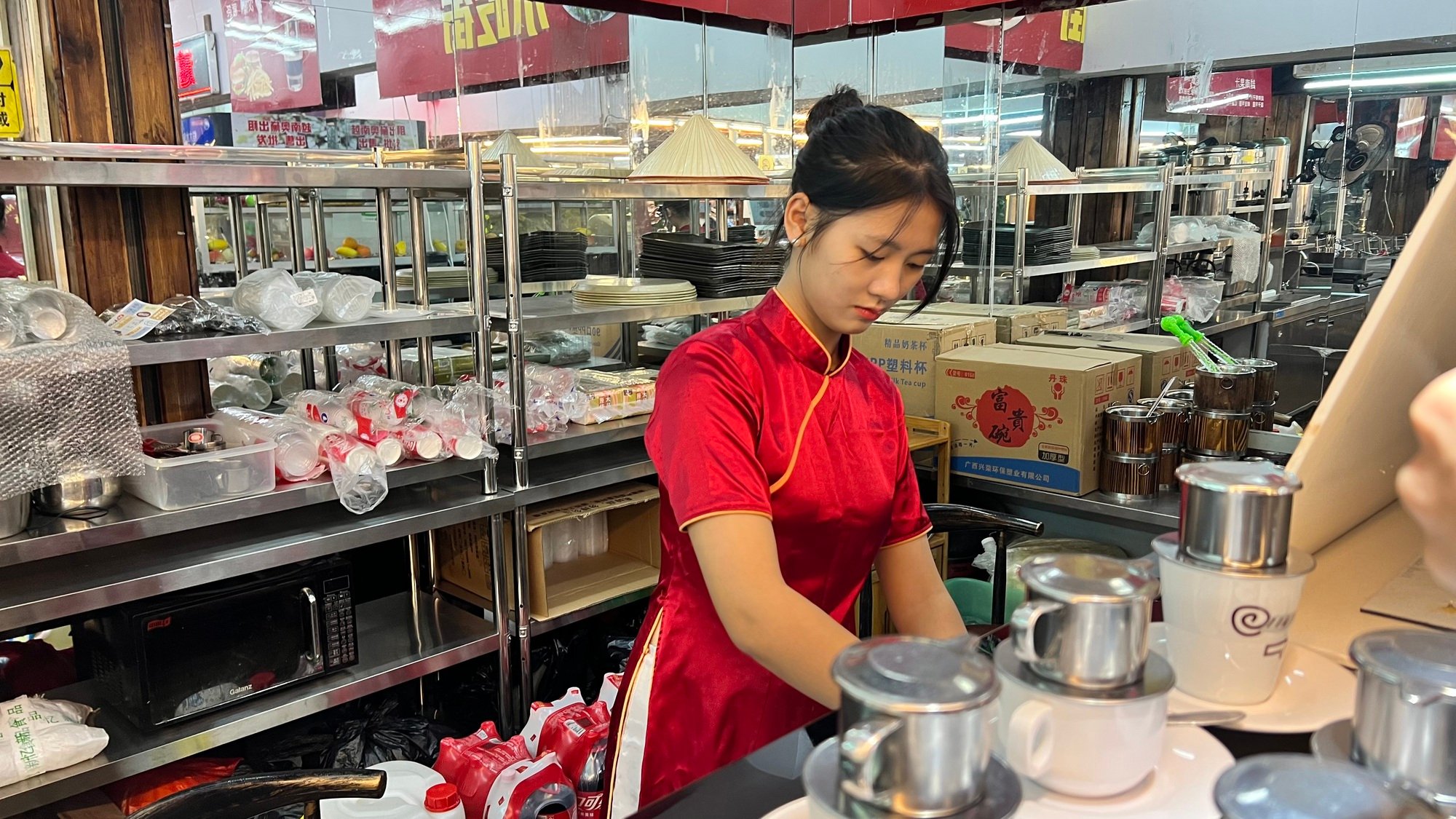
Young people in Tam Dao also preserve the Vietnamese language.
Not only do they try to preserve their language, but every year the locals invite elders from Tra Co (Mong Cai City, Quang Ninh Province) to Tam Dao to guide the organization of festivals and worship. Every year there are 4 big festivals and that is the occasion for everyone to come together to have fun and pray for luck.
According to statistics, in Tam Dao there are more than 120 Kinh people who can play traditional Vietnamese musical instruments and there are more than 400 books recording the folk literature treasure, including many folk songs, proverbs, fairy tales...
When saying goodbye to Tam Dao, we noticed in front of the village there was a banyan tree that must have been several hundred years old. The locals named it Nam Quoc tree, as a reminder for the next generation not to forget their national roots.
The way is not difficult!
We were one of the first groups of tourists to set foot in China by road after 3 years of strict border controls due to the COVID-19 pandemic. To be able to visit the Kinh ethnic minority area, we just need to register for a passport through Mong Cai border gate (Quang Ninh province) on the National Public Service Portal for 50,000 VND.
After entering the Dong Hung border gate (China), we took a bus to Van Vi beach for 10 yuan (about 35,000 VND). At the beach, there are dozens of stalls selling food and drinks. Almost all of them are Kinh people and speak Vietnamese, especially some people wear ao dai, a traditional Northern Vietnamese village dress.
Source





![[Photo] Prime Minister Pham Minh Chinh chairs meeting to deploy overcoming consequences of storm No. 10](https://vphoto.vietnam.vn/thumb/1200x675/vietnam/resource/IMAGE/2025/10/3/544f420dcc844463898fcbef46247d16)

![[Photo] Students of Binh Minh Primary School enjoy the full moon festival, receiving the joys of childhood](https://vphoto.vietnam.vn/thumb/1200x675/vietnam/resource/IMAGE/2025/10/3/8cf8abef22fe4471be400a818912cb85)
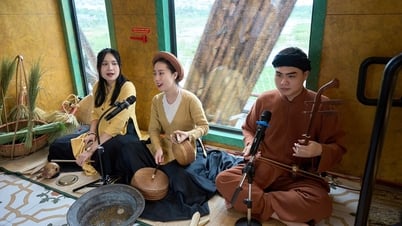

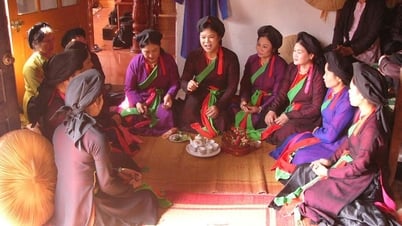

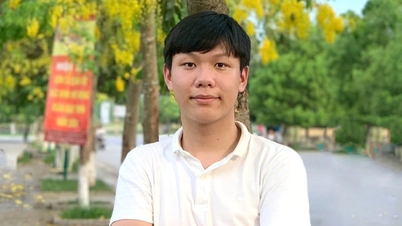

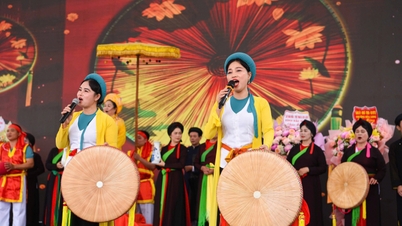



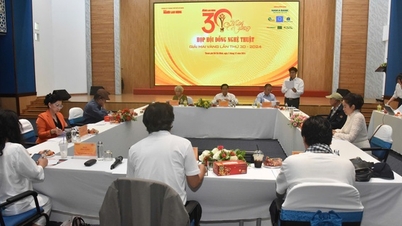
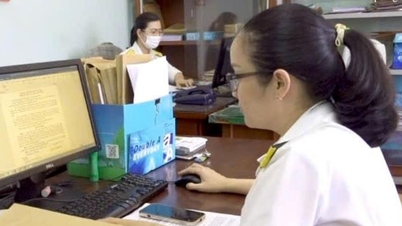

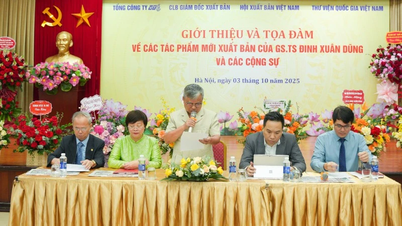

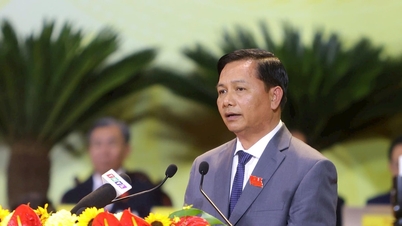
![[Video] Launch of 12 new works by Professor, Dr. Dinh Xuan Dung and colleagues](https://vphoto.vietnam.vn/thumb/402x226/vietnam/resource/IMAGE/2025/10/3/2b81342a9c2b482c901c8997ec7ad0ea)
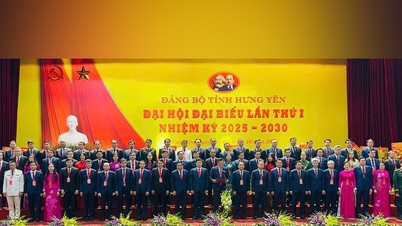
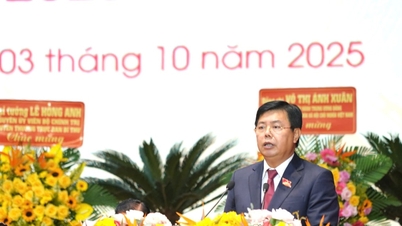





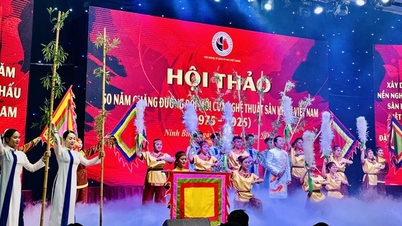

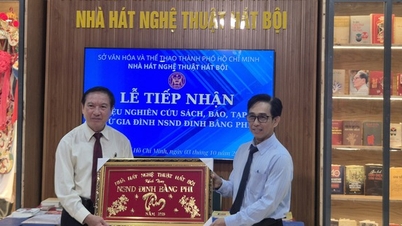

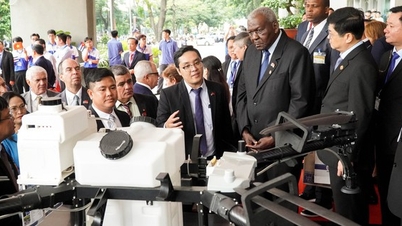







































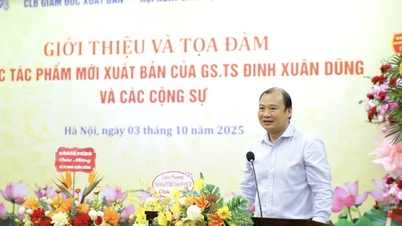






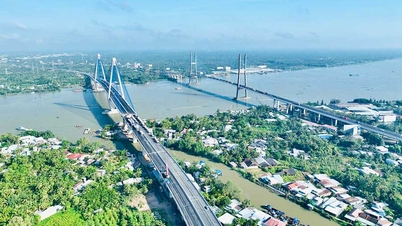



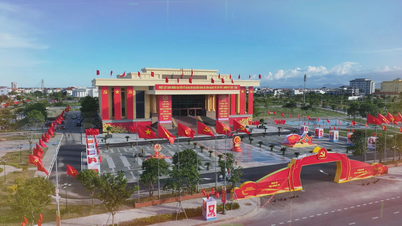
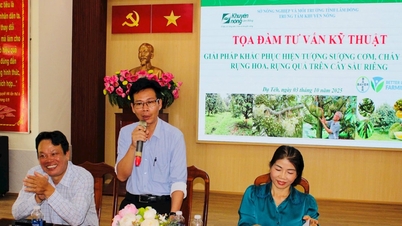

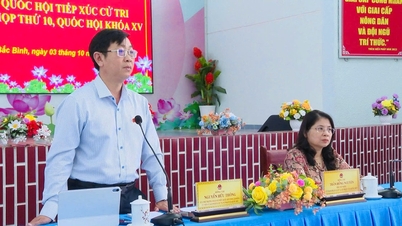














Comment (0)